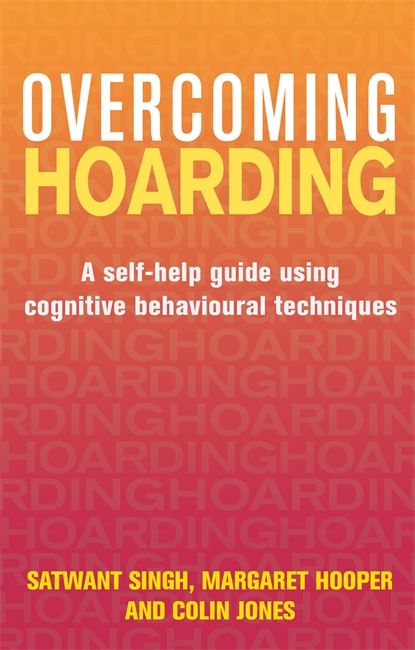Hoarding is a condition where a person has a tendency to collect and save things excessively and has difficulty in getting rid of items. This results in a cluttered living space and often causes distress and impairs the person from being able to fully function in their home. It’s a common condition that affects 2-5% of the population and has far-reaching consequences for sufferers, family, friends and the wider community, together with potential health and safety implications, with increased risk of injury or vermin. There has been increasing interest in the media which has raised public awareness of this problem, but there has been very little literature aimed at helping hoarders until now. There is no one reason why individuals hoard. For some, the hoarding behaviours are a way of coping with an emotional trauma. For others, there may be a strong attachment to certain objects, or a belief that certain materials have value – such as books, magazines and newspapers. Hoarding behaviour can also be a learnt behaviour from growing up in a cluttered environment. Sometimes unusual items or objects are hoarded including faeces and urine. Hoarding is a common condition but little is known about it. Almost everyone has some hoarding traits but these may not manifest themselves to the extent that it causes disruption to a person’s life and space. The true prevalence of hoarding is not clear however it appears to be a growing problem. With the increased attention that hoarding is getting more people are beginning to recognize that they may have a problem. This book fills an important gap for a dedicated book on hoarding disorder, and uses CBT tools to help people recover, and reclaim their space and their life.]]>
Medical specialties, branches of medicine, Self-help, personal development and practical advice
Overcoming Hoarding
₹10.00
A Self-Help Guide Using Cognitive Behavioural Techniques
This book is currently not in stock. You are pre-ordering this book.

